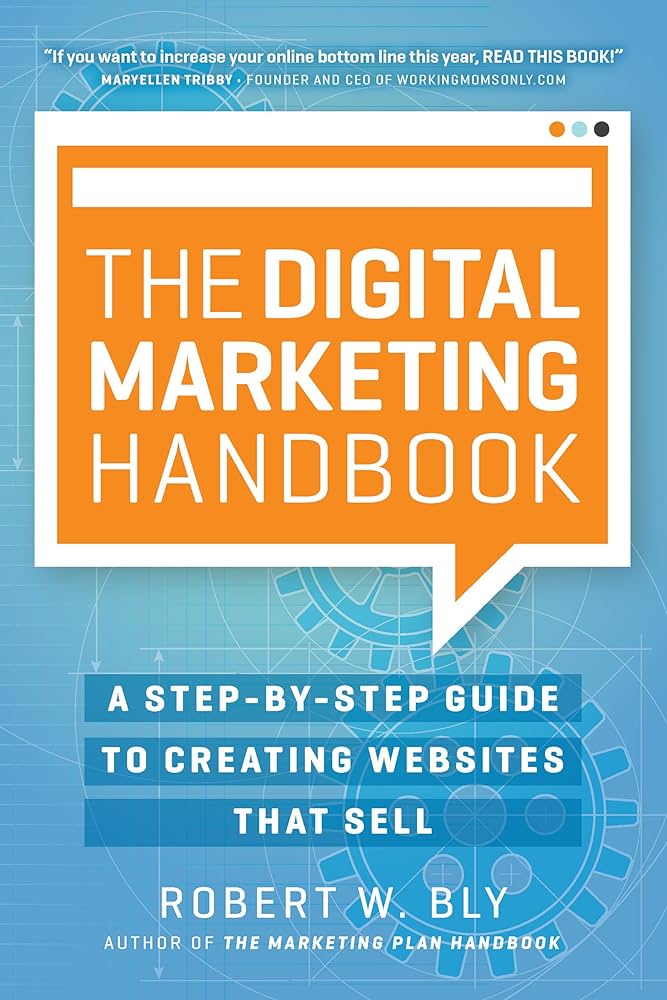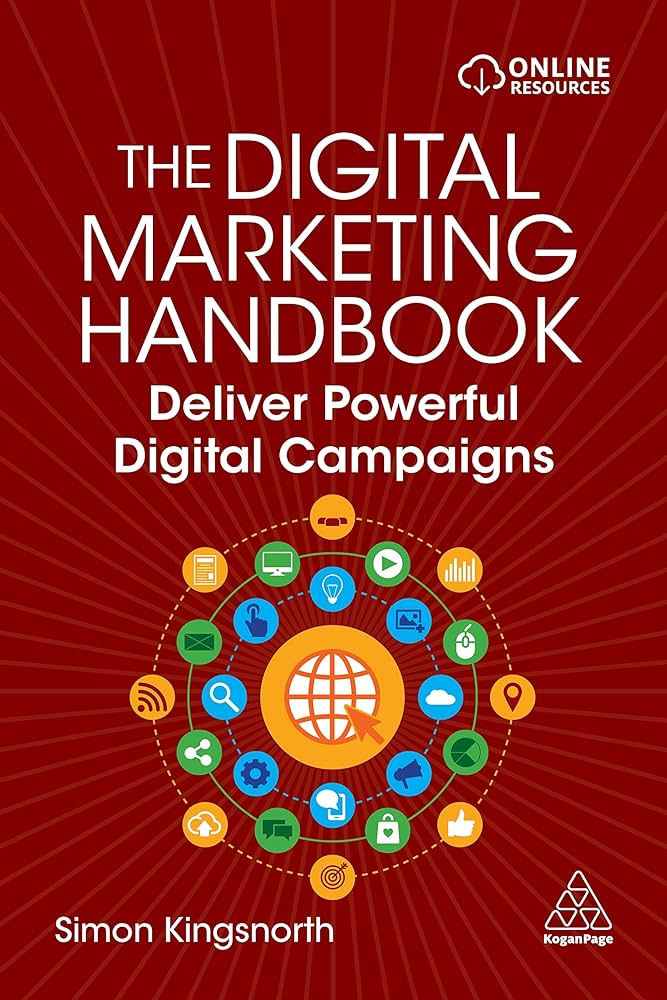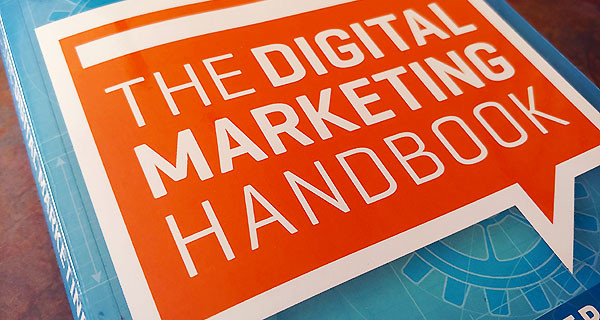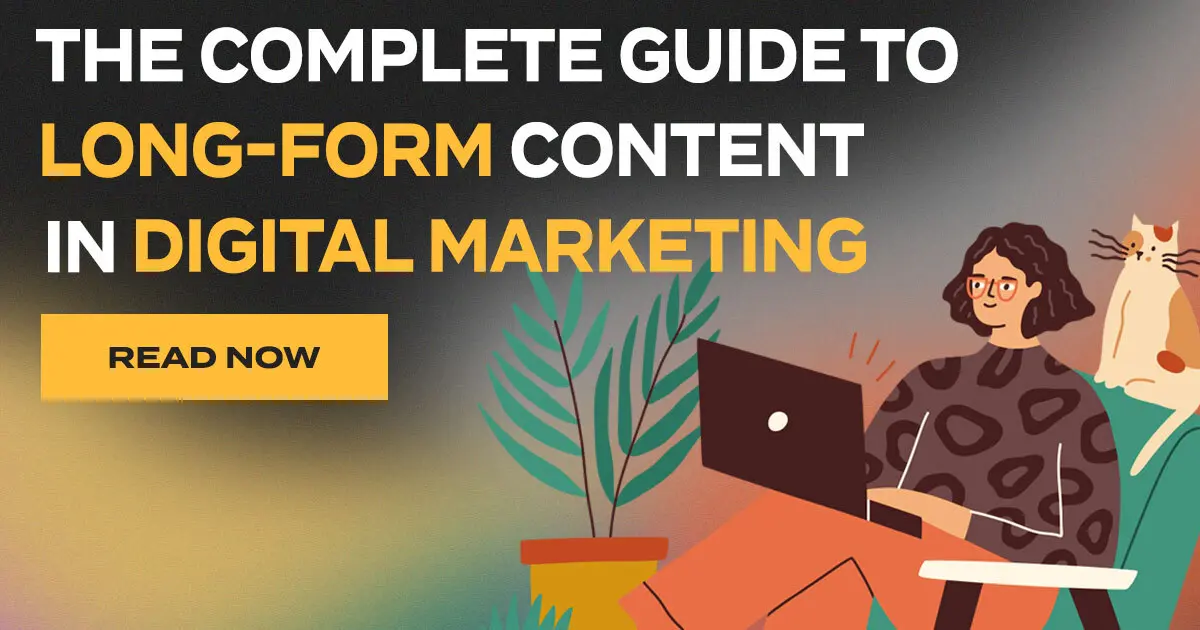Small and medium-sized business owners often grapple with determining the optimal word count for their website or blog content. Over the past five years, there has been a consistent trend towards longer posts. This shift appears to be backed by sound rationale.
For instance, in 2017, the typical article length ranged from 500 to 1,000 words, with fewer than 10% of bloggers opting for long-form articles exceeding 2,500 words.
Top of Form
Presently, the landscape has significantly evolved. Recent research from Orbit Media reveals a stark shift: 63% of bloggers are now producing posts surpassing the conventional 1,000-word threshold. Among this group, 30% to 36% report experiencing “strong results” from articles extending beyond 1,500 words.

Although the data indicates the efficacy of long-form content in today’s digital marketing arena, the solution isn’t merely churning out more content in 2021. On the contrary, marketers must discern when and how to leverage long-form content effectively to maximize its impact without squandering resources on mediocre material that drags on without purpose.
So, how can you optimize your digital distribution platforms with captivating long-form content that engages readers and yields results? This guide provides comprehensive insights into everything you need to consider before integrating long-form content into your digital marketing strategy.
What constitutes long-form content?
Like many other digital marketing concepts, defining long-form content can be elusive.
For some, it’s any written piece surpassing 750 words, while others reserve the term for articles exceeding 2,500 or even 3,000 words.
In reality, there’s no one-size-fits-all definition. Each format adheres to varying standards, reflecting the diverse nature of content. For instance, comparing a comprehensive case study to a succinct “what is” blog post highlights this variability.
Therefore, let’s refrain from labeling based on word counts. Instead, let’s define long-form content as any written piece that thoroughly explores a topic, addressing reader inquiries and providing detailed insights.
The Advantages of Publishing Long-Form Content

While defining long-form content may pose challenges, recognizing its benefits is straightforward and compelling.
SEO: Publishing long-form content on your website offers significant advantages for enhancing your brand’s visibility on Google. Longer articles facilitate better search engine optimization by allowing you to seamlessly incorporate focus phrases, optimize for synonyms and long-tail variants, improve readability with various headings, internal and external links, and multimedia elements, and even secure Google’s Featured Snippets position. While these tactics can be applied to shorter articles as well, research indicates that the average word count for first-page results on Google is 1,447 words, underscoring the effectiveness of investing in long-form content for SEO purposes.
Establishing Authority: Investing in high-quality, in-depth content is a proven strategy for positioning your brand as an authority in your industry. By focusing on producing comprehensive content, you demonstrate expertise and provide value to your audience, fostering trust and credibility. For example, a reader seeking information on email authentication protocols who comes across a detailed article on the topic by a reputable brand is likely to perceive the brand as knowledgeable and reliable, thereby enhancing its authority in the field.
Backlinks and Social Media Shares: Long-form content also excels in generating backlinks and social media shares, as evidenced by research conducted by Backlinko. According to their analysis of 912 million blog posts, long-form content consistently outperforms shorter pieces in both metrics. Articles exceeding 3,000 words receive an average of 77.2% more backlinks compared to shorter articles, highlighting the value of comprehensive content in attracting external links. Additionally, the optimal word count for maximizing social shares falls within the range of 1,000 to 2,000 words, further emphasizing the effectiveness of long-form content in driving engagement and visibility on social media platforms.
Validating Talking About Your Product:
One of the key challenges in optimizing your content marketing strategy is finding the balance between providing valuable information and promoting your products or services, especially when targeting search terms not directly related to your offerings.
Long-form content provides an opportunity to align with user intent, deliver value, and subtly introduce your brand’s benefits without appearing overly sales-oriented.
TimeTackle’s approach exemplifies this strategy in their guide to creating an editorial calendar. While explaining the process and recommending tools for content planning, the brand seamlessly incorporates mentions of its app in a section discussing the benefits of using Google Calendar for content distribution management. This integration feels natural and relevant to the topic, allowing the brand to promote its products without being intrusive.
Building Reader Goodwill: Additionally, long-form content enables brands to cultivate goodwill with their audience by providing helpful and informative content. Research indicates that consumers are more likely to support brands that offer value, highlighting the importance of sharing knowledge and insights.
Investing in educational content and sharing expertise not only strengthens your brand’s authority but also empowers and engages your audience, fostering long-term loyalty and trust. If you have the resources and expertise, incorporating educational content into your content creation strategy can be a highly effective approach.

Creating Winning Long-Form Content:
Now that you grasp the benefits of delving into substantial content creation, let’s dive into the process of crafting long-form content that resonates with your target audience.
- Understand Your Audience’s Interests: Before you embark on content creation, thorough research is essential. Understanding what topics your audience wants to explore is the cornerstone of producing content that captures attention. Optimize your content for user search intent, particularly focusing on informational intent. By addressing users’ questions and pain points, you can effectively engage them and expedite their journey from awareness to conversion. Incorporate relevant search terms like “how to,” “guide,” “what is,” and “best way to” to enhance your content’s visibility in search engine results pages (SERPs). Organize your content to provide clear and concise information upfront, followed by detailed insights, encouraging readers to stay engaged and signaling relevance to search engines. By delivering high-quality, actionable content, you establish your brand as an authority in your niche.
For instance, Play Guitars’ comprehensive guide on learning guitar effectively optimizes for search intent, utilizes relevant keywords, provides an outline, and presents information in scannable sections, effectively catering to user needs.
- Embrace Detail: Long-form content thrives on depth and detail. Provide readers with a wealth of new and valuable information to distinguish your content from recycled material found elsewhere online. While repurposed content can drive traffic and bolster brand authority, original content offers unparalleled value. For example, Semrush’s original study on mobile vs. desktop trends in SEO outperforms a roundup article of mobile marketing statistics sourced from various online outlets. Despite its shorter length, the original study garners significantly more backlinks and referring domains, highlighting the superiority of detailed, original content over mere article length.
- Enhance Readability: If you’ve already drafted long-form content and seek to optimize it for better audience engagement, improving readability is key. Internet users often prefer scanning over reading lengthy passages, so it’s crucial to make your content easily digestible.
- To achieve this, employ techniques such as:
- Bulleted lists
- Subheadings
- Shorter sentences and paragraphs
- Formatting enhancements like bolding for emphasis
- Integration of multimedia to illustrate complex concepts
- Skillcrush’s guide on learning to code exemplifies effective readability enhancements, utilizing headings, a table of contents, bulleted lists, and ample negative space to maintain reader interest despite its extensive content.
- To assess and improve readability, utilize free online tools like Readable, Hemingway, or Yoast’s readability checker for WordPress.
- Supplement with Multimedia: Research indicates that visual content enhances audience engagement significantly. Incorporating photos, illustrations, videos, and audio files enriches your long-form content and aids in conveying information more effectively.
- Infographics are particularly effective in presenting data visually, as demonstrated by PwC’s reports, which strategically incorporate visuals to enhance communication of technical information.
- Additionally, integrating videos and screenshots into your content, as seen in Scott’s Cheap Flights’ Google Flights guide, caters to both auditory and visual learners. This approach offers various formats for consuming information, maximizing audience reach and engagement. Scott’s Cheap Flights further enhances accessibility by providing a video summary of the article, allowing readers to grasp the content in a concise format while following along with audio instructions in real-time.
- Embrace Diverse Content Formats: When crafting winning long-form content for your website, don’t limit yourself to standard blog posts. Experimenting with various content formats can enrich your offerings, keeping your audience engaged and returning for more.
- Explore alternative content formats such as:
- Information Roundups: Curate comprehensive collections of relevant data, providing readers with easily accessible resources tailored to their queries. For instance, Flamingo’s compilation of remote work statistics offers valuable insights into this trending topic.
- Inspiration Resources: Offer readers ideas and solutions for addressing their pain points. Examples include Sixads’ article on Instagram captions, which provides creative inspiration for social media content.
- Step-by-Step Guides and Tutorials: Provide detailed instructions accompanied by visuals, such as images, GIFs, and videos, to help users accomplish specific tasks. WikiHow’s guide on how to tie a tie effectively utilizes multimedia elements to facilitate learning.
- Case Studies: Present real-life examples of success stories and innovative solutions, showcasing the impact of your products or services. HubSpot’s collection of customer success stories serves as a compelling resource for prospective customers.
- Definitions of Niche Terms and Concepts: Educate your audience by providing comprehensive explanations of industry-specific terms and concepts. B&H Photo’s extensive glossary of photography terms is an excellent example of catering to audience needs at various stages of the buyer’s journey while establishing brand authority in the field.
- By diversifying your content formats, you can cater to different audience preferences and effectively communicate your brand’s expertise and value p

Conclusion:
Unlocking the Potential of Long-Form Content for Your Business:
Investing in high-quality, original, and informative long-form content offers significant potential for remarkable returns. Beyond impressing visitors to your website or blog, consistently delivering valuable and unique articles can yield long-term benefits for your online presence and business.
Don’t hesitate to explore long-form articles as part of your content strategy. Start by focusing on one or two pillar topics relevant to your site. While adjusting to the longer form may take some time, the results will be worth it. Whether you aim to expand your reach, increase sales, or enhance engagement with your audience, long-form content is a powerful tool to achieve your goals.
By consistently providing insightful and compelling content, you can establish your brand as an authority in your niche and cultivate lasting relationships with your audience. So, embrace the opportunity to create impactful long-form content and unlock its potential for your business growth.

Leave a Reply